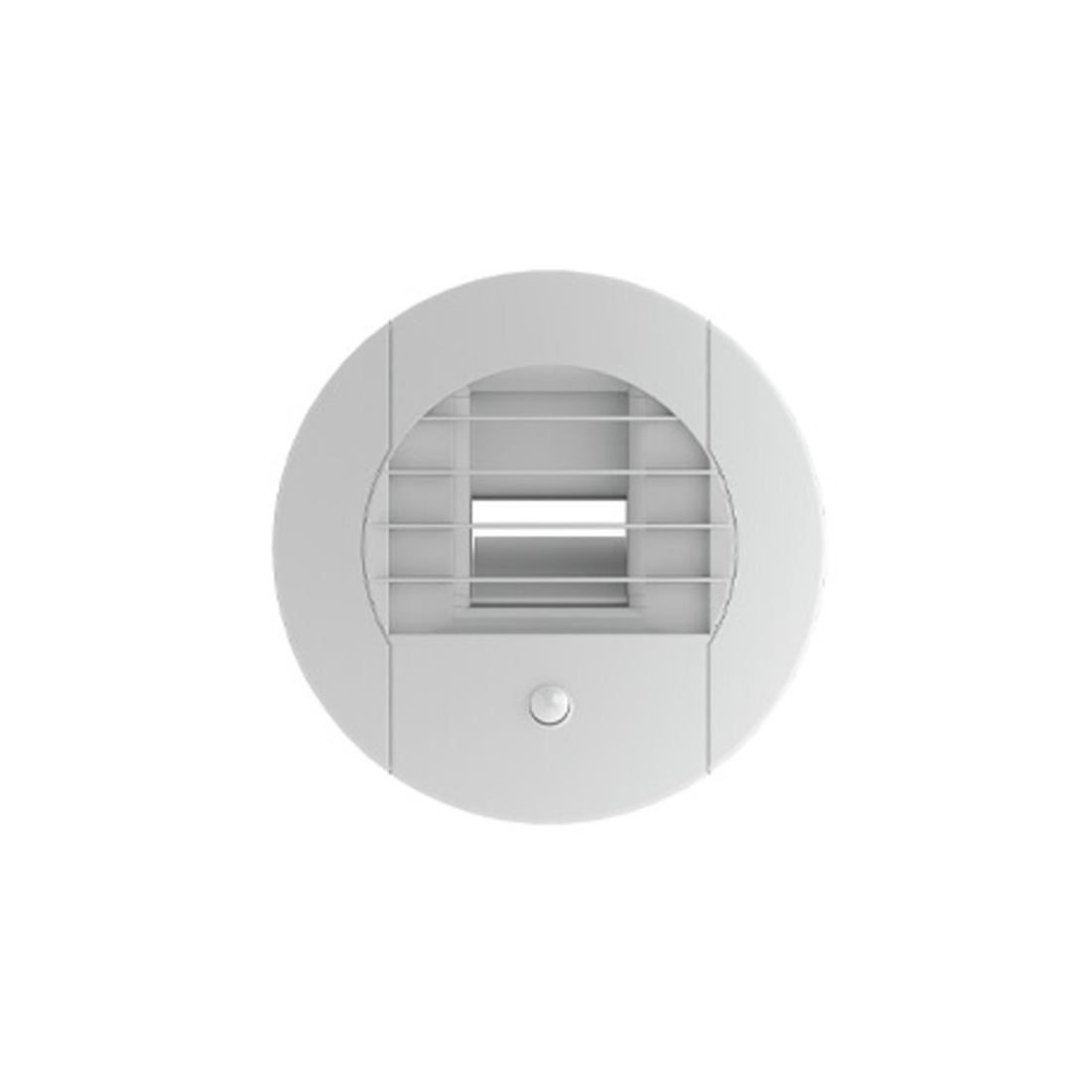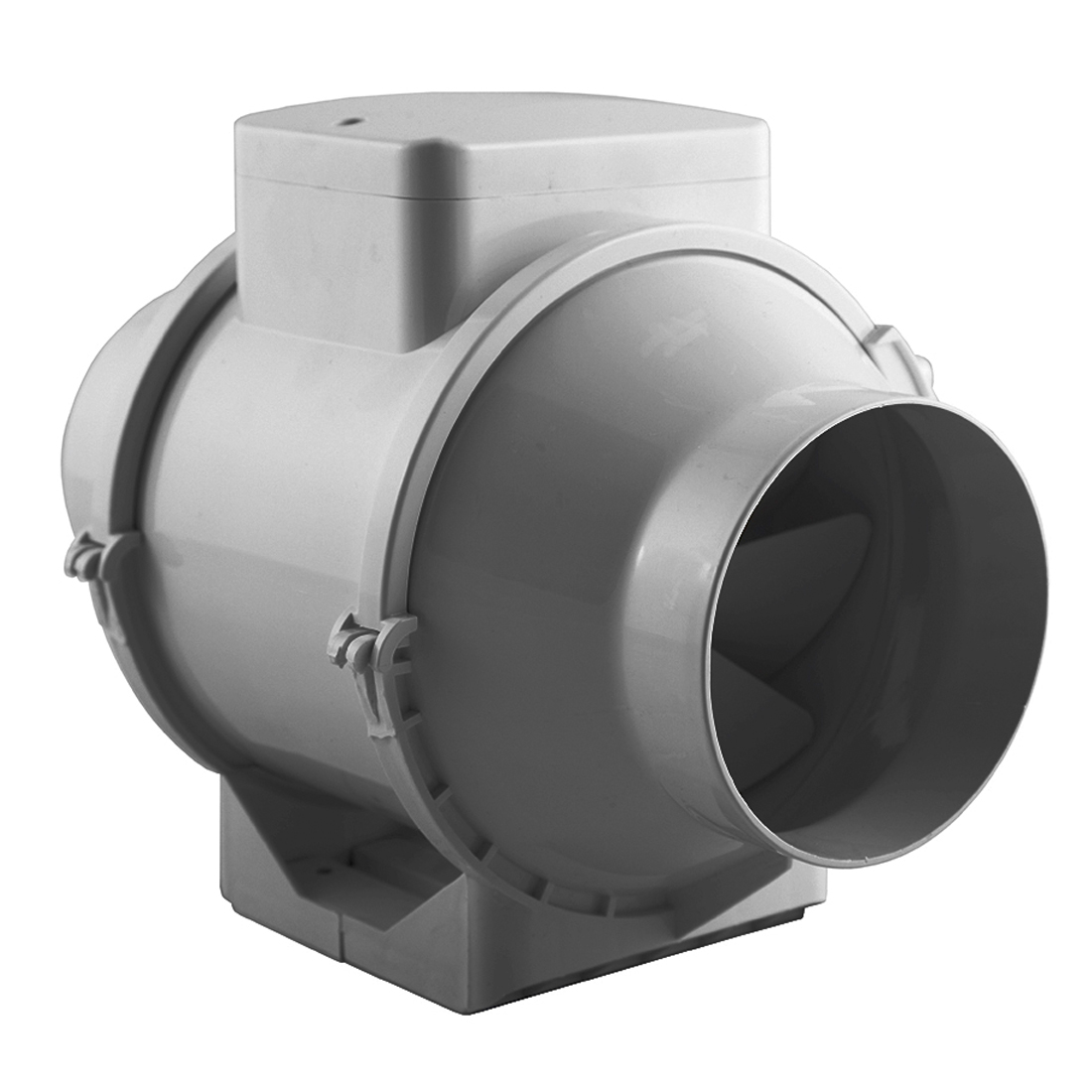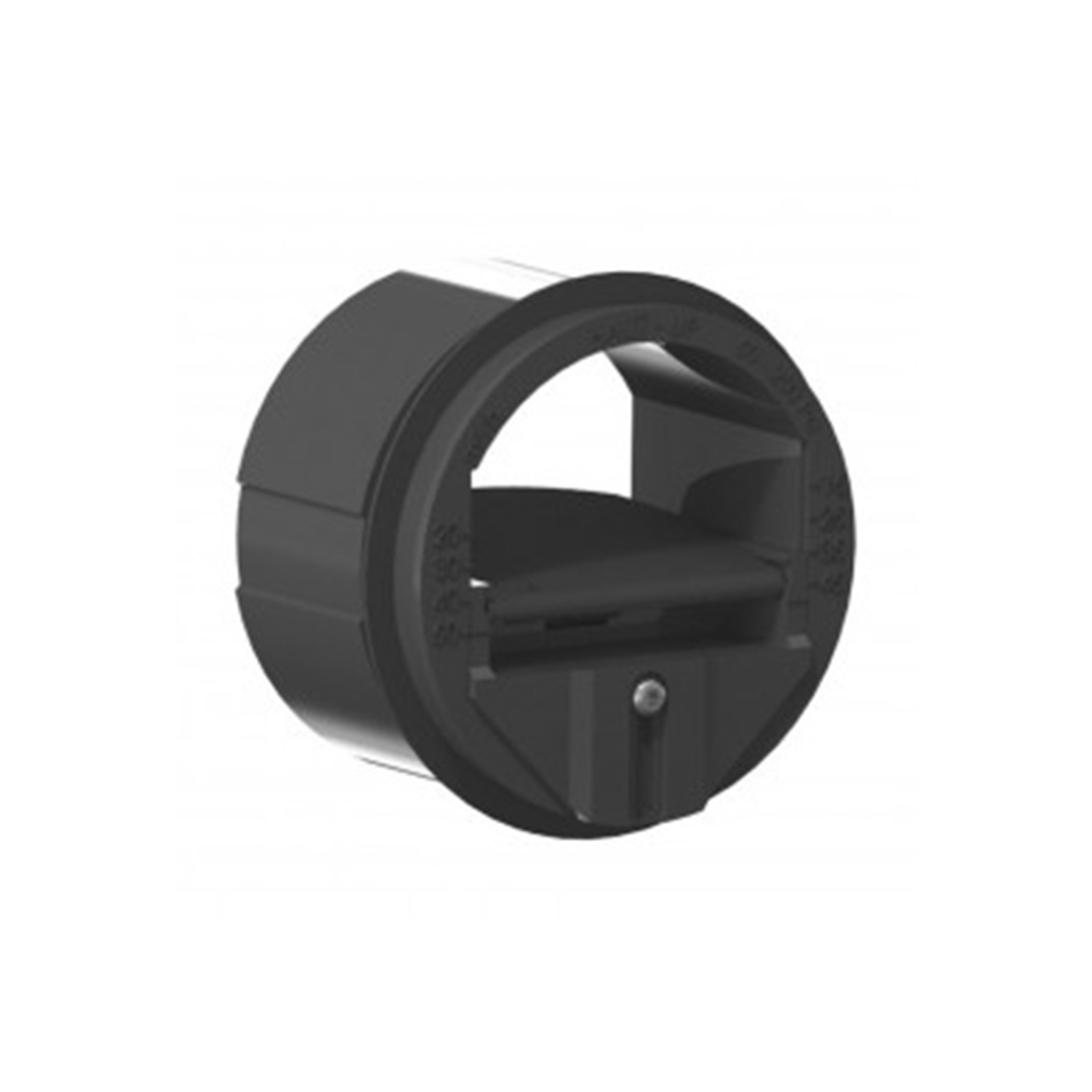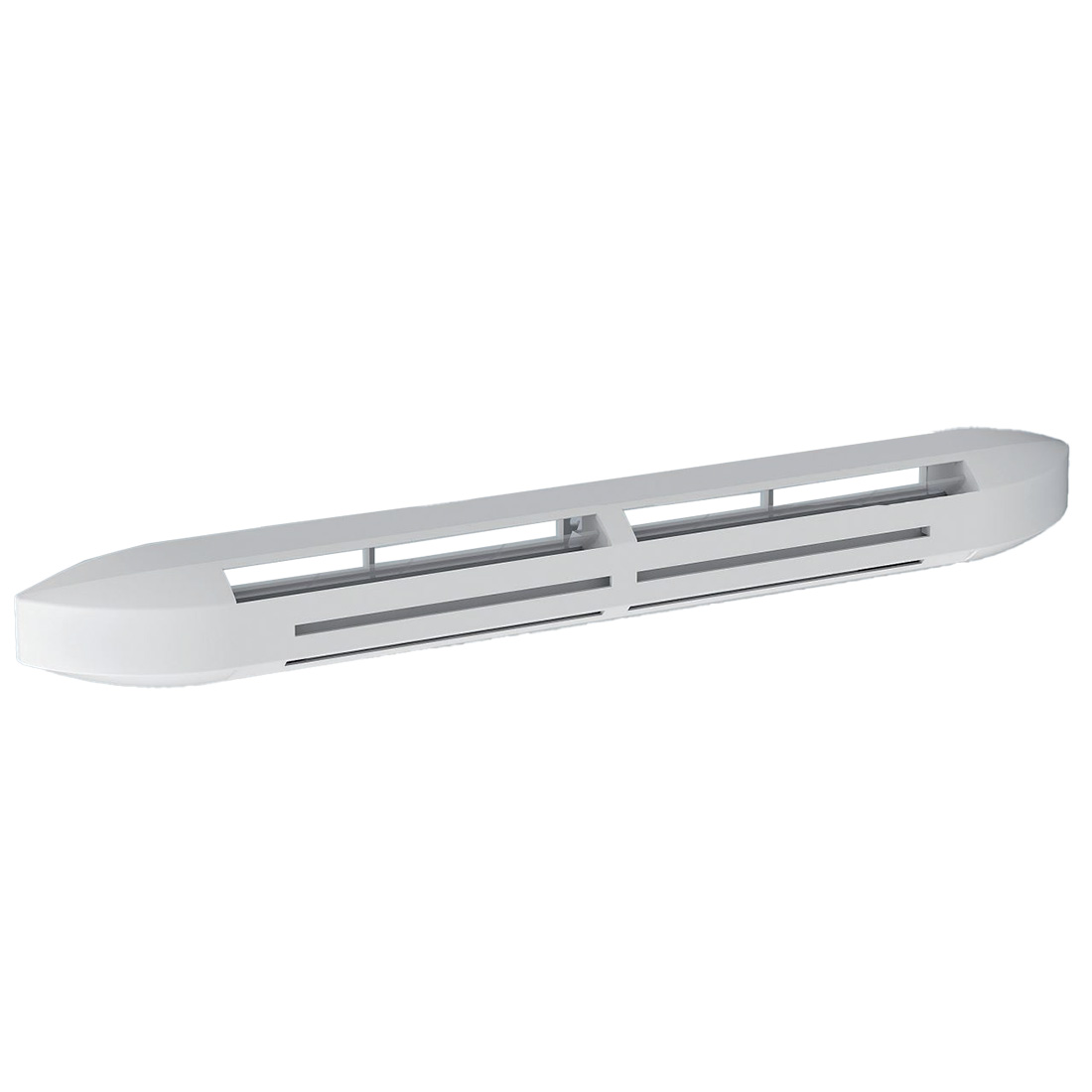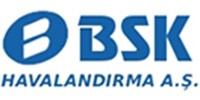 Loading More Products
Loading More Products
Extractor Fans | Kitchen Extractor Fan | Bathroom Extractor Fan
BPC Ventilation can supply a large range of ventilation fans including, bathroom extractor fans, timer fans, humidity controlled fans, mixed flow fans, centrifugal fans, bifocal fans, single room heat recovery, decentralised fans and litchen bathroom fans.
Traditional intermittent ventilation systems often provide peaks of high extract airflow which exceed the natural infiltration rates, this means we are simply warming indoor air and extracting it to atmosphere which is hardly energy efficient. This is shown below as the graph indicates the natural air change rate from a building with a leakage rate of 10m 3hm2 @50pa. The new systems from Vent-Axia are designed to work with the natural air infiltration and control the air path from the building thus preventing migration of damaging humidity and pollutants. This is achieved by using continuous low speed running extract fans in the wet rooms (bathrooms, kitchen and utility rooms) with a boost via the light switch, an integral pullcord or sensor when higher ventilation rates are required. By providing ventilation in this way the extract systems can run at a much lower rate all the time, rather than at a high rate for 1 or 2 hours a day. This has a range of benefits including: Energy Efficiency – No over ventilation, so reducing unnecessary heat loss Near Silent Ventilation – Low speeds mean very low noise levels No trickle vents needed – The low rates mean that adequate replacement air is available naturally.
System 1 - Intermittent Fans and Background Ventilators Intermittent extract fan airflow rate based on table 5.1a from the previous page. The design air permeability will determine the equivalent ventilator area as laid out in the tables. System 2 - Passive Stack Ventilation (PSV) This system relies on the natural stack effect by which warm air rises and is extracted from the wet rooms through 125mm rigid ducts running to ridge height. Trickle vents are required and can be humidity controlled. Internal rooms require ‘assisted’ ventilation i.e. by mechanical ventilation. Background Ventilation Much larger equivalent areas (up to 50% bigger) are now required for background ventilators when using system 1 and 2. For example a three bed house with a floor area of 100m² a total equivalent area of 65000mm² is required. This may only have 6 windows to fit them in which would mean a free area of 10,833mm in each window. This not only takes up a lot of space in each window frame and looks unsightly, but the window fabricator will charge to fit each one and this example could require three vents on each window.
There are two ways to comply with system 3: Centralised (MEV) or Decentralised (dMEV). MEV incorporates a single unit that extracts stale air to atmosphere from all the wet rooms via ducting. Decentralised MEV requires continuous running extract fans mounted in all wet rooms in much the same way as a traditional fan is mounted. As shown on page 5, rates as per table 5.1a for the continuous systems are much lower than intermittent ventilation, and in kitchens particularly the rate falls from 60l/s to 13l/s. This can remove the requirement for noisy fans or cookerhoods completely. Reduced background ventilators An additional benefit is through a reduction in the number of background vents needed. If the design air permeability is <5m3/(h.m2)@50Pa, background ventilators are required in habitable rooms at 2500mm² only. This is one small vent. If design air permeability is >5m3/(h.m2)@50Pa there is no requirement for background ventilators at all. This gives the big benefit of not having to fit a large number of unsightly window vents in, as required



